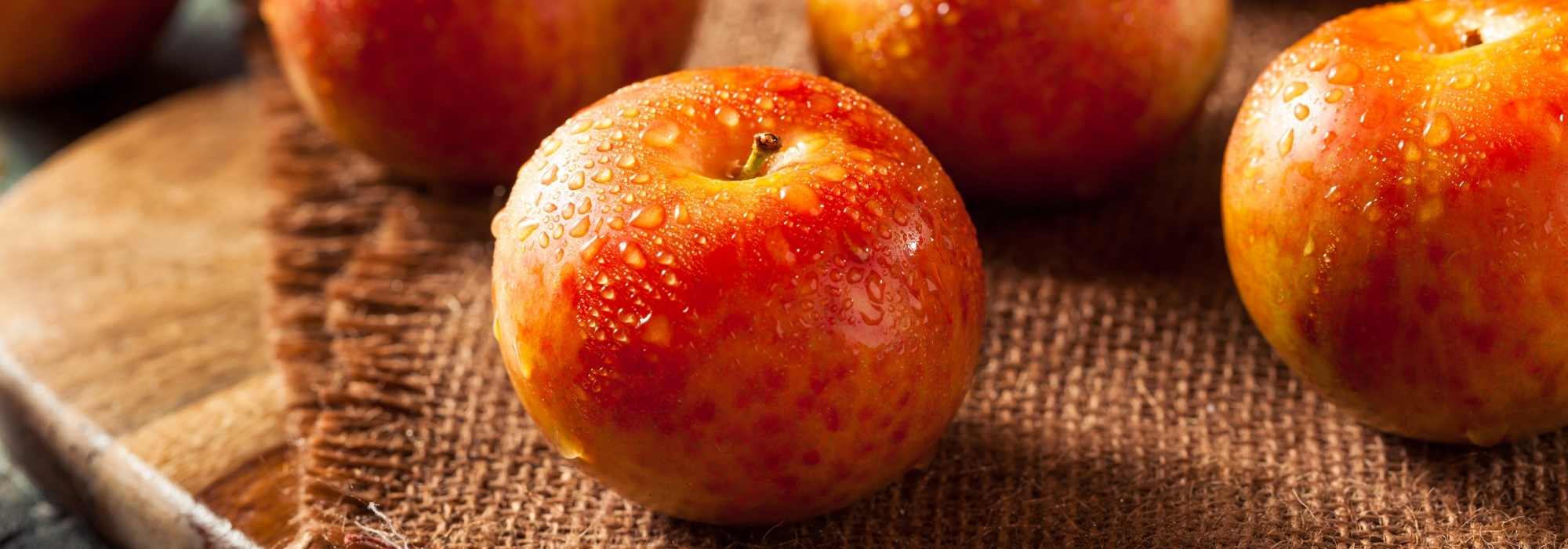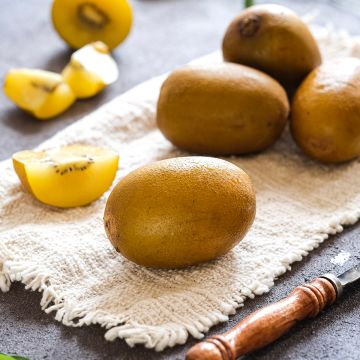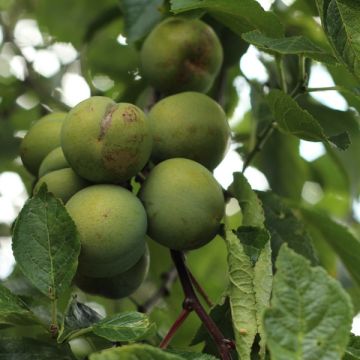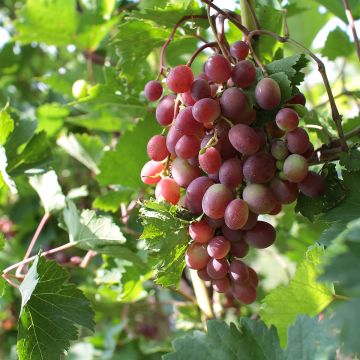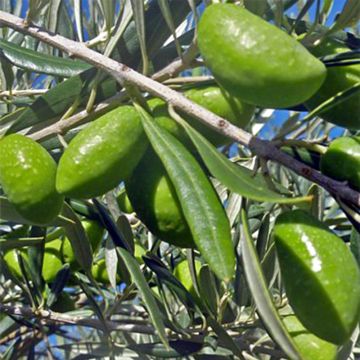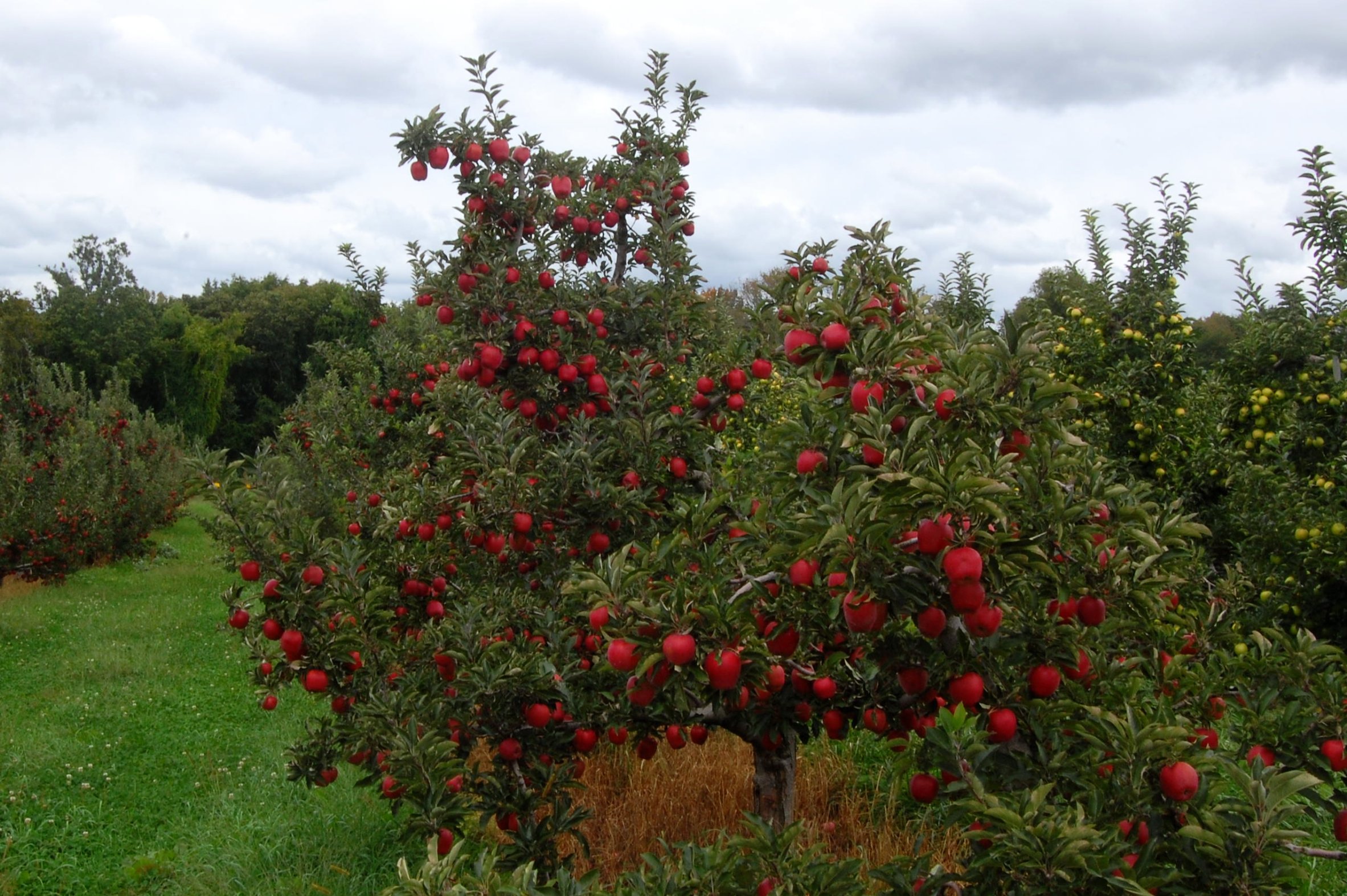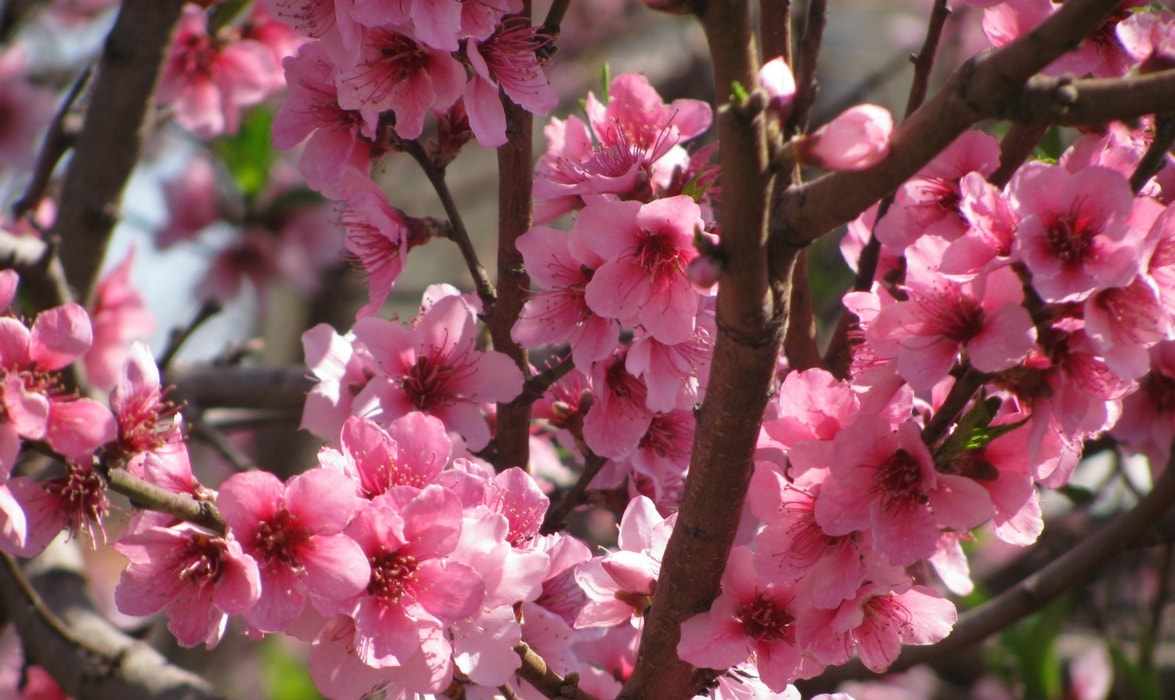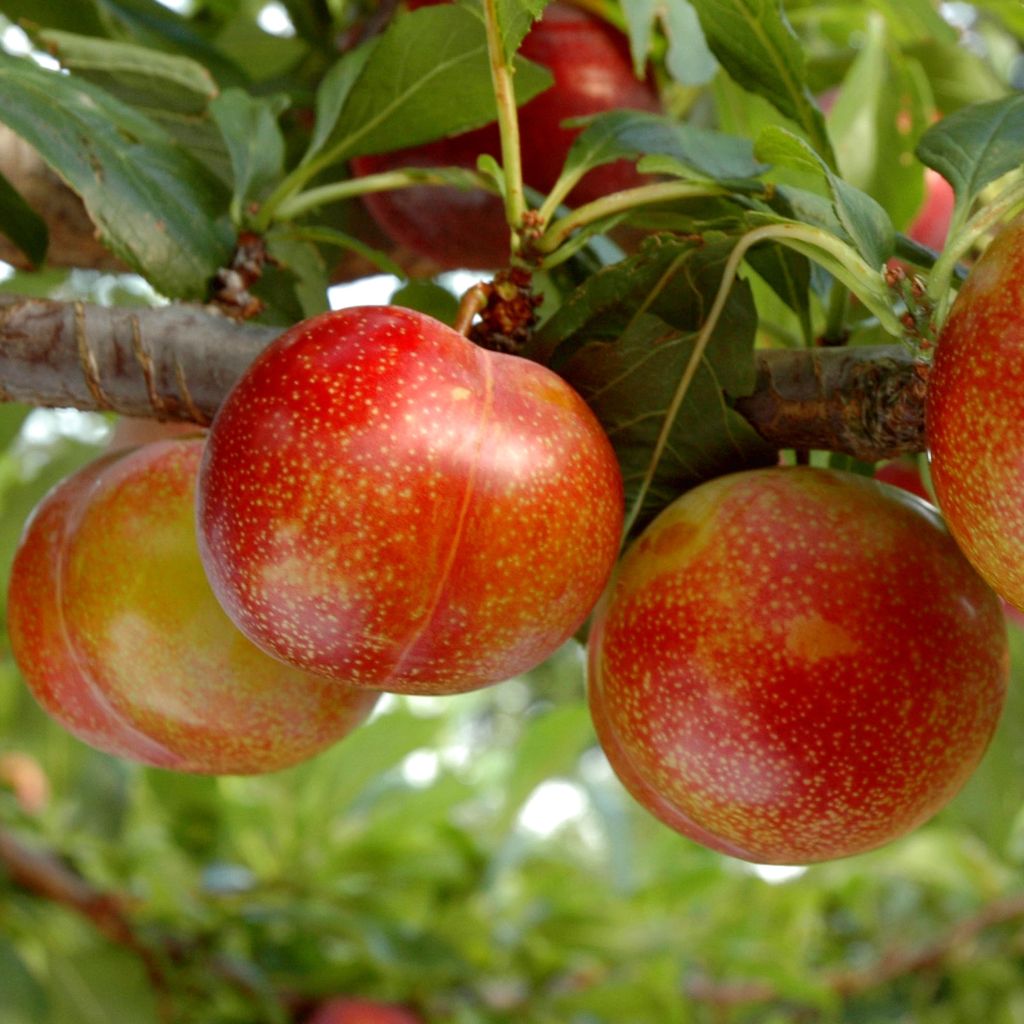

Pluot Flavor Candy - Plumcot
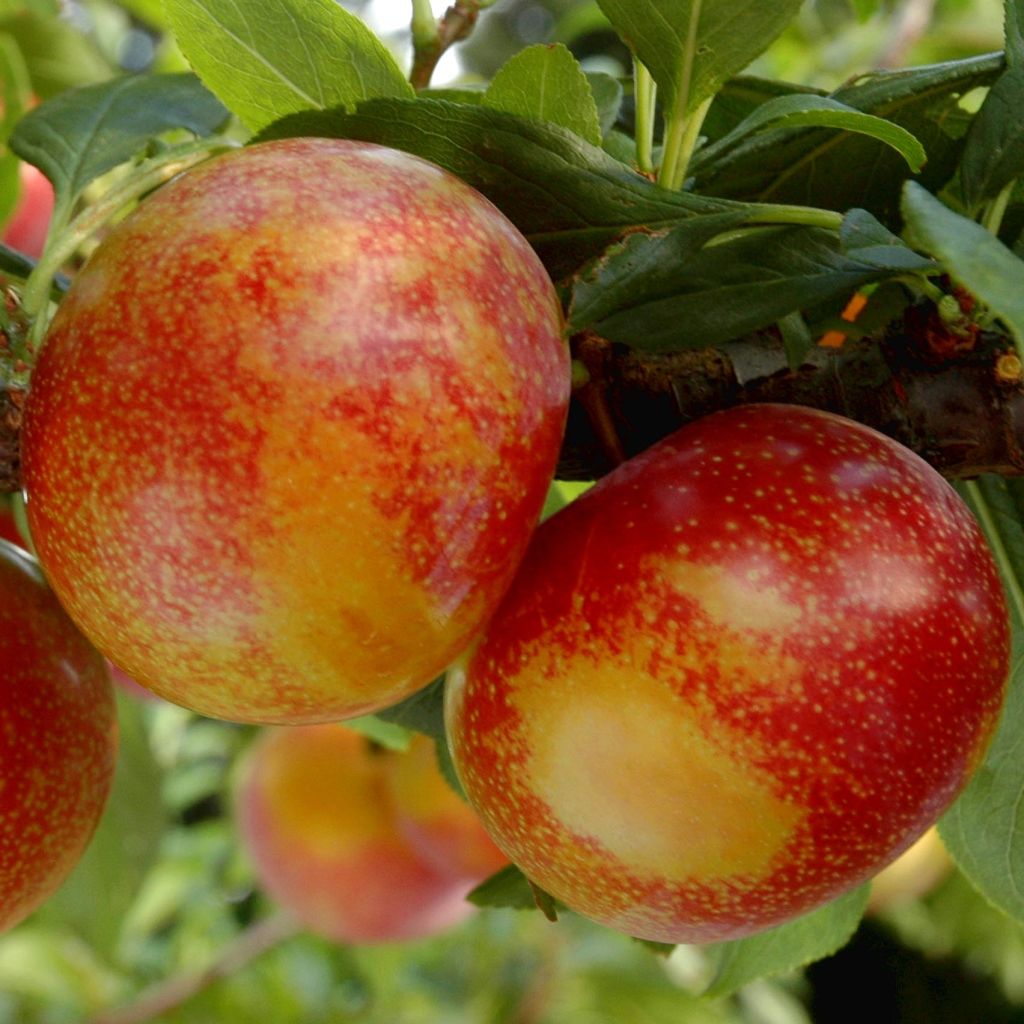

Pluot Flavor Candy - Plumcot
Pluot Flavor Candy - Plumcot
Prunus Pluot® Flavor Candy®
Pluot, Plumcot, Aprium
Received specimen larger than expected. Well packaged. Perfect.
alain, 05/03/2024
Special offer!
Receive a €20 voucher for any order over €90 (excluding delivery costs, credit notes, and plastic-free options)!
1- Add your favorite plants to your cart.
2- Once you have reached €90, confirm your order (you can even choose the delivery date!).
3- As soon as your order is shipped, you will receive an email containing your voucher code, valid for 3 months (90 days).
Your voucher is unique and can only be used once, for any order with a minimum value of €20, excluding delivery costs.
Can be combined with other current offers, non-divisible and non-refundable.
Home or relay delivery (depending on size and destination)
Schedule delivery date,
and select date in basket
This plant carries a 6 months recovery warranty
More information
We guarantee the quality of our plants for a full growing cycle, and will replace at our expense any plant that fails to recover under normal climatic and planting conditions.

Description
The Flavor Candy Pluot is a clever blend of a plum and an apricot. This vigorous and productive variety produces fruits of about 6 cm (2in) in diameter that take after the plum for their smooth skin and juicy flesh, and the apricot for the taste and sweetness. The skin is initially two-tone, yellow and red-purple, then turns violet when ripe, while the flesh is yellow, very sweet, and fragrant. Harvest takes place in July. The Flavor Candy Pluot is self-fertile.
The Pluot is an interspecific species. It is a complex hybrid between a plum and an apricot, created by Floyd Zaiger in 1988 in the United States. It contains 70% of the plum genome and 30% of the apricot tree.
Like many fruit trees, the Flavor Candy Pluot appreciates light, rich, and deep soils. It does not tolerate excessive water or heavy and compact soils. A sunny location sheltered from the wind will protect the flowering and aid in fruiting.
It is a semi-dwarf tree that will reach approximately 2.50 m (8ft) in height at adulthood. Its deciduous foliage is bright green. Its leaves are long, ovate, measuring 8 to 15 cm (3 to 6in) by 3 to 4 cm (1 to 2in) wide, with a short petiole. Its pale pink flowering occurs in April. The flowers are hermaphroditic and self-fertile. However, it is still recommended to have another variety nearby to improve fertility: Golden Japan is ideal. The fruiting results in sweet and sugary fruits. Their skin is smooth like that of plums. They are as big as a peach and derive their taste from the apricot. The juicy and sweet texture comes from the plum. Their skin is initially two-tone, yellow and red-purple, then turns violet when ripe, while the flesh is yellow, very sweet, and fragrant.
The pluot can be enjoyed raw at the base of the tree, in fruit salads, but also in desserts, pastries, as an accompaniment to meats and dishes. It can be transformed into jams, of course, but also into preserved fruits, compotes, juices...
Pluot Flavor Candy - Plumcot in pictures
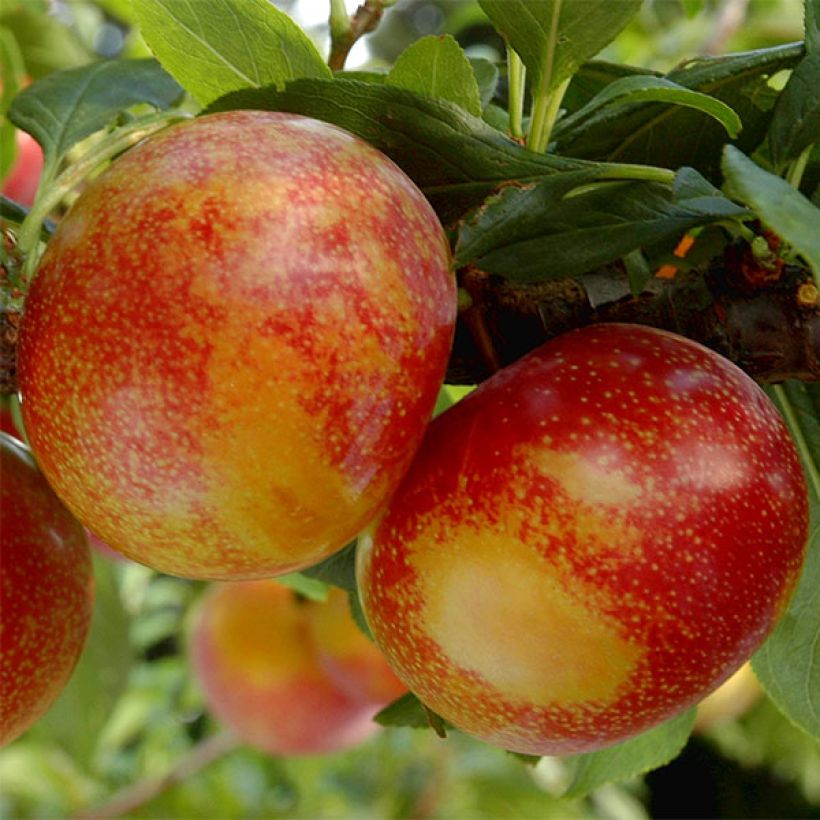

Plant habit
Fruit
Flowering
Foliage
Botanical data
Prunus
Pluot®
Flavor Candy®
Rosaceae
Pluot, Plumcot, Aprium
Cultivar or hybrid
Other Fruit trees A to Z
View all →Planting and care
Pluot Flavor Candy is best planted from October to December. Dig a hole two to three weeks before planting, twice as wide and deep as the pot. On the day, place the tree with its pot in a basin of water, so that the entire root ball is moistened by capillary action. Add compost to the bottom of the hole. Place the tree in the hole, fill with a mixture of soil and compost. Gently firm around the base of the tree as you fill, ensuring that the roots are in close contact with the soil. The root ball should be completely covered. Water thoroughly.
It will thrive in fairly deep soils. It also prefers a light and well-drained soil.
Planting period
Intended location
Care
Planting & care advice
-
, onOrder confirmed
Reply from on Promesse de fleurs
Haven't found what you were looking for?
Hardiness is the lowest winter temperature a plant can endure without suffering serious damage or even dying. However, hardiness is affected by location (a sheltered area, such as a patio), protection (winter cover) and soil type (hardiness is improved by well-drained soil).

Photo Sharing Terms & Conditions
In order to encourage gardeners to interact and share their experiences, Promesse de fleurs offers various media enabling content to be uploaded onto its Site - in particular via the ‘Photo sharing’ module.
The User agrees to refrain from:
- Posting any content that is illegal, prejudicial, insulting, racist, inciteful to hatred, revisionist, contrary to public decency, that infringes on privacy or on the privacy rights of third parties, in particular the publicity rights of persons and goods, intellectual property rights, or the right to privacy.
- Submitting content on behalf of a third party;
- Impersonate the identity of a third party and/or publish any personal information about a third party;
In general, the User undertakes to refrain from any unethical behaviour.
All Content (in particular text, comments, files, images, photos, videos, creative works, etc.), which may be subject to property or intellectual property rights, image or other private rights, shall remain the property of the User, subject to the limited rights granted by the terms of the licence granted by Promesse de fleurs as stated below. Users are at liberty to publish or not to publish such Content on the Site, notably via the ‘Photo Sharing’ facility, and accept that this Content shall be made public and freely accessible, notably on the Internet.
Users further acknowledge, undertake to have ,and guarantee that they hold all necessary rights and permissions to publish such material on the Site, in particular with regard to the legislation in force pertaining to any privacy, property, intellectual property, image, or contractual rights, or rights of any other nature. By publishing such Content on the Site, Users acknowledge accepting full liability as publishers of the Content within the meaning of the law, and grant Promesse de fleurs, free of charge, an inclusive, worldwide licence for the said Content for the entire duration of its publication, including all reproduction, representation, up/downloading, displaying, performing, transmission, and storage rights.
Users also grant permission for their name to be linked to the Content and accept that this link may not always be made available.
By engaging in posting material, Users consent to their Content becoming automatically accessible on the Internet, in particular on other sites and/or blogs and/or web pages of the Promesse de fleurs site, including in particular social pages and the Promesse de fleurs catalogue.
Users may secure the removal of entrusted content free of charge by issuing a simple request via our contact form.
The flowering period indicated on our website applies to countries and regions located in USDA zone 8 (France, the United Kingdom, Ireland, the Netherlands, etc.)
It will vary according to where you live:
- In zones 9 to 10 (Italy, Spain, Greece, etc.), flowering will occur about 2 to 4 weeks earlier.
- In zones 6 to 7 (Germany, Poland, Slovenia, and lower mountainous regions), flowering will be delayed by 2 to 3 weeks.
- In zone 5 (Central Europe, Scandinavia), blooming will be delayed by 3 to 5 weeks.
In temperate climates, pruning of spring-flowering shrubs (forsythia, spireas, etc.) should be done just after flowering.
Pruning of summer-flowering shrubs (Indian Lilac, Perovskia, etc.) can be done in winter or spring.
In cold regions as well as with frost-sensitive plants, avoid pruning too early when severe frosts may still occur.
The planting period indicated on our website applies to countries and regions located in USDA zone 8 (France, United Kingdom, Ireland, Netherlands).
It will vary according to where you live:
- In Mediterranean zones (Marseille, Madrid, Milan, etc.), autumn and winter are the best planting periods.
- In continental zones (Strasbourg, Munich, Vienna, etc.), delay planting by 2 to 3 weeks in spring and bring it forward by 2 to 4 weeks in autumn.
- In mountainous regions (the Alps, Pyrenees, Carpathians, etc.), it is best to plant in late spring (May-June) or late summer (August-September).
The harvesting period indicated on our website applies to countries and regions in USDA zone 8 (France, England, Ireland, the Netherlands).
In colder areas (Scandinavia, Poland, Austria...) fruit and vegetable harvests are likely to be delayed by 3-4 weeks.
In warmer areas (Italy, Spain, Greece, etc.), harvesting will probably take place earlier, depending on weather conditions.
The sowing periods indicated on our website apply to countries and regions within USDA Zone 8 (France, UK, Ireland, Netherlands).
In colder areas (Scandinavia, Poland, Austria...), delay any outdoor sowing by 3-4 weeks, or sow under glass.
In warmer climes (Italy, Spain, Greece, etc.), bring outdoor sowing forward by a few weeks.






























